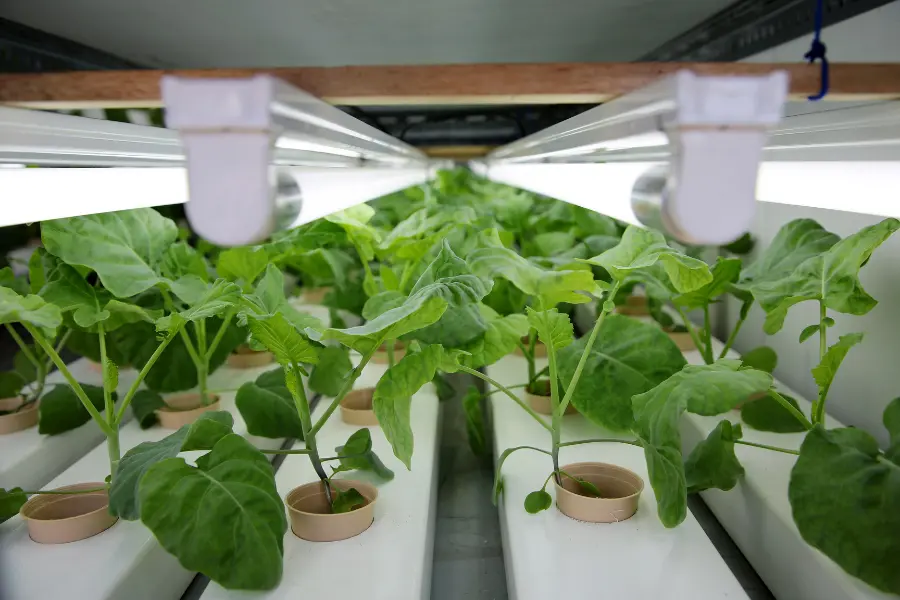The agriculture industry continues to evolve by practicing sustainable options to increase productivity and efficiency.
As consumers become more aware of the impact of food sources, sustainable agriculture becomes more of a priority.
Consumers want guarantees about the health and sustainability of the food they eat and assurances regarding its production.
For that reason, food producers are beginning to use technology to ensure that they produce ethical products so consumers receive the facts they need to make responsible choices.
Here are some innovative ways farming is adopting technology for sustainability.
Drones
Drones in agriculture are evolving and growing in various aspects of production. The power of this technology is helpful in the continual need to monitor crop growing conditions.
Drones have small sensors and cameras that are excellent for capturing aerial images and valuable in assessing plants’ health and mitigating weed control issues.
They can effectively evaluate crops’ drainage and maturity and collect other vital measurements. These crewless vehicles can zoom in on multiple acres of land with a single battery charge.
Irrigation
Irrigation is vital to the agricultural industry, and farmers continue looking for ways to innovate the best and most efficient water use.
Technology has been paramount for a more sustainable practice of irrigation. With wireless irrigation monitoring and control systems, producers can gain better control and visibility over their crops.
They can make better decisions regarding irrigation, electricity use, and chemical applications. Prioritizing efficiency in managing soil moisture maximizes yield, quality, and nutrient availability, reducing cost and energy.
Fleet Management
Technology’s positive effect on agriculture is reflected in fleet management, with its ability to manage equipment out in the field by locating it with advanced telemetry systems using GPS.
Rudimentary systems can identify what is currently in use, while more advanced techniques can offer detailed information like fuel usage and engine speed.
They can alert operators to upcoming maintenance issues saving valuable time and money. This innovation can collect data to analyze where particular crops are ready for transport and where other locations can remain on hold. This system excels in creating the most efficient use of equipment.
Biotechnology
Agricultural practices have been greatly affected by the advent of biotechnology. This tool allows growers to breed crops with specific traits.
It is a practice farmers have been using for centuries, and they continue looking for ways to improve their methods.
Biotechnology provides farmers with a faster, more precise method of achieving maximum production. It is an excellent way to fight the environmental stresses of pests and diseases.
According to the International Food Information Council Foundation, biotechnology is advancing to encourage crops to use water more efficiently.
Digital Sensors
Technologies involving sensors can monitor every aspect of agriculture. Aerial imagery can show the movement of livestock, while micro-climate information can let growers know the exact pH level of their soil.
Location sensors use GPS signals to determine latitude and longitude to help farmers optimize their crops, while optical sensors can use light to analyze plant color data.
Electrochemical sensors can provide essential details on various chemicals by detecting specific ions in the soil.
Harvest Automation
A complex problem for farmers is the automation of harvesting fruits and vegetables. A gentle touch to the soft surfaces of produce is vital to ensure that the harvest produces high-quality products.
Robotics are now changing the way producers practice harvest methods. Instead of a successful harvest of one crop of strawberries by a regular crew, it is now possible for up to 24 robotic manipulators to work together to pick that fruit, meeting the quality requirements of most farmers.
Machines can also handle fruits through a vacuum, pulling items like apples off a tree’s branch.
Autonomous Tractors
Remote-controlled machinery is an excellent way to give growers full autonomy over their crops. Significant benefits of this technology include reducing labor costs while increasing the efficiency of completed work.
Special kits for tractor automation are advancing the accessibility for producers, allowing them to retrofit their existing tractors with the technology.
It is an affordable option that adds cutting-edge technology, eliminating the need for drivers and implementing control over their operations.
This technology can be pre-programmed to allow the producer to focus on other essential tasks.
The everyday focus on sustainability in the agricultural industry is becoming more and more critical as the global climate changes.
Over time, technology integration will play a crucial role in helping agriculture function to satisfy humanity’s needs while reducing environmental impact.
More technological innovation will continue to offer a more sustainable way of living.




![F95Zone Games - The Ultimate Guide for 2021 [F95Z Guide] 5 F95Zone Games](https://knowworldnow.com/wp-content/uploads/2021/07/ArTtW5LrK3b-z-0-y-637f48d86203817a9042a857.webp)